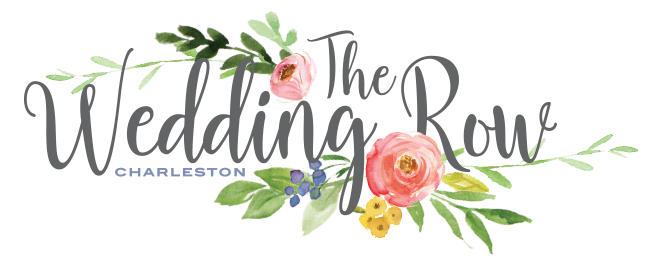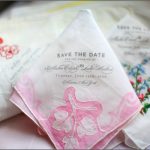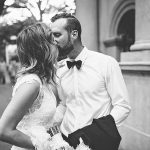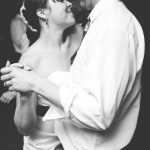
20 Nov {haute cou·ture}
Stylists and bloggers alike often refer to couture. By definition haute couture refers to the creation of exclusive custom-fitted clothing. Haute couture is made to order for a specific customer, and it is made from high-quality, expensive fabric and sewn with extreme attention to detail and finished by the most experienced and capable seamstresses, often using time-consuming, hand-executed techniques. We were checking out some of our favorite wedding blogs and found this from Carol Hannah. Truly haute couture…from sketch to wedding dress. LOVE!!!
For those of you wondering about the process of a custom designed gown…here is sneak peak from the eyes of the designer….
{Jessica and I started working together on her completely custom gown over a year ago! As this process is one that generally has a lot of ambiguity surrounding it for most people, I thought it would be fun to share a summary of the steps involved. The process of wedding gown shopping is not normal in and of itself, so the idea of making one from scratch can be pretty foreign.
Like most of my custom clients, Jessica came to me with a lot of specific things that she wanted in her gown…dramatic, but not overwhelming. Full, but not heavy. Structured, but with a lot of movement. Fitted and body conscious, but still elegant and feminine.
We spent several meetings looking over inspirational photos she had gathered and talking about fabrics and details. Once the general direction was developed, I presented Jessica with several sketches to choose from.
We started with a muslin fitting, during which I fitted her with the base foundation of muslin and made a few design changes based on how the design actually looked on her body. During this step, I actually drew the new style lines on the muslin and tweaked the fit. The dress was built upon a structured bustier of duchess silk satin that reflected those changes. Fit is the cornerstone of good design, so these initial steps are crucial.
Once the base was ready to go, I began draping the bodice of the gown in satin faced organza, a light and airy fabric that marries structure with flow. Each pleat is hand draped and pinned down, then steamed into place once the area is finished and perfected. After steaming, I hand tacked the pleating over the curves to ensure that it would stay in place. The excess fabric is trimmed off so as not to create bulk. Bulk and extra seam allowances can show through, especially in white fabrics. They can also add weight and create a bit of frumpiness if not trimmed out correctly.
Sometimes you make discoveries of new styles you’d like to pursue during this part. Draping always leads you down interesting roads, and can be an important part of developing new but related styles for a collection. My custom commissions often become part of future collections in some way, so I like to document it when I reach an “ah-ha” point like this one.
Once the front bodice is finished, then you repeat the process for the back while thinking about how the draping will meet up at the sides and the center back. I’m big on continuous design and am obsessive about how things match up at seams. This is particularly important when the bride will have her back to the room for a good bit of the ceremony.
The bodice is now ready to be attached to the skirt. Layers of gathered fabric make up the skirt, which are then trimmed proportionally to create flouncy, dramatic layers following the angle of the bodice seam. A structured facing is interfaced for structure and boned for support, then attached to the bodice and lining.
After one of Jessica’s fittings, we decided that the skirt needed a touch more ommph to it, so we added layers of gathered tulle to the lining to kick out the skirt for a bit more drama. One year, four fittings, and a styling session later…TA-DAAA!}
Wedding images by Craig Paulson Photography






